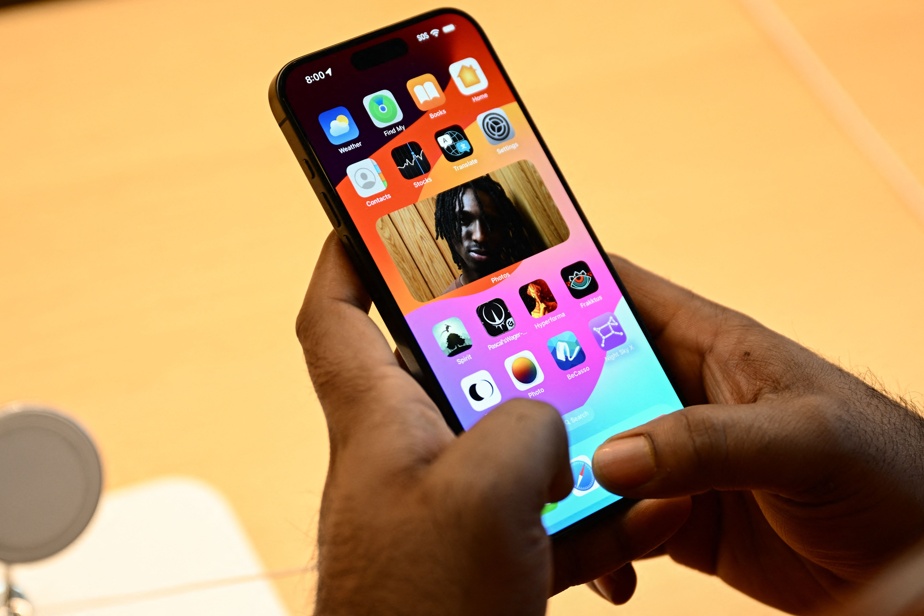It is a software issue which would be at the origin of the overheating problems of the new iPhone 15 models, according to Apple, which emphasizes that popular applications like Instagram and Uber would also be to blame.
The California-based company said Saturday that it is currently working on an update to its iOS17 system, which is installed on iPhone 15s, to resolve the issue that causes some phones to become too hot to hold in your hands.
The American giant also says it collaborates with the developers of applications that “overload the system”.
Instagram, which is owned by Meta, rolled out an update earlier this week to fix the overheating problem, but that’s still not the case for Uber and games like Asphalt 9. Apple, however, assures that these apps will be also updated quickly.
Without providing a precise timeline on when the update to its operating system will be deployed, Apple said that no security issues prevent iPhone 15 owners from continuing to use their device while waiting for the resolution of problem.
“We have identified a few conditions that cause the iPhone to become warmer than usual,” Apple confirmed in a statement sent to the Associated Press.
The existence of the overheating problem was already circulating on online discussion forums, but the issue took on a whole new dimension following the publication of an article in the Wall Street Journal, which was able to confirm, using its own tests, that the iPhone marketed for a week overheated abnormally at certain times.
It’s normal for an iPhone to become slightly warm during its first few days of use or when retrieving data stored in the cloud — Apple already warns its users that such situations can occur.
CPU-intensive activities, like video games and augmented reality apps, can also cause the phone to get hot, but the problem reported with the iPhone 15 goes beyond these typical situations.
In its statement, Apple made it clear that the issue is not related to the new titanium frame that is used on the iPhone 15 Pro and iPhone 15 Pro Max. This material replaced the stainless steel which was used on models of recent years.
Apple also added that the problem is in no way related to the new USB-C charging port, which replaced the Lightning port this year.
Even if Apple promises to resolve the overheating problem quickly, the fact remains that it could slow down sales of its flagship product, at a time when the company has experienced three consecutive quarters of decline in overall sales of ‘one year to the next.
Notably, iPhone sales fell 4% in the nine months covered by Apple’s last three fiscal quarters compared to the previous year.
